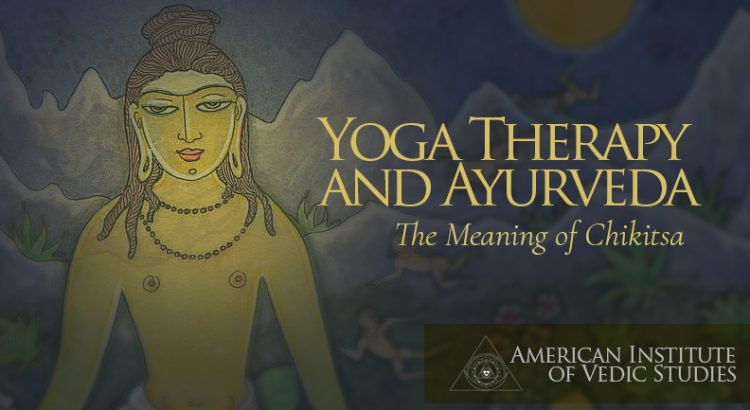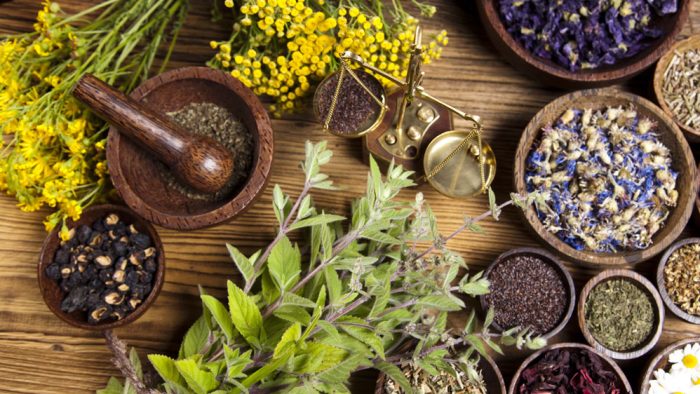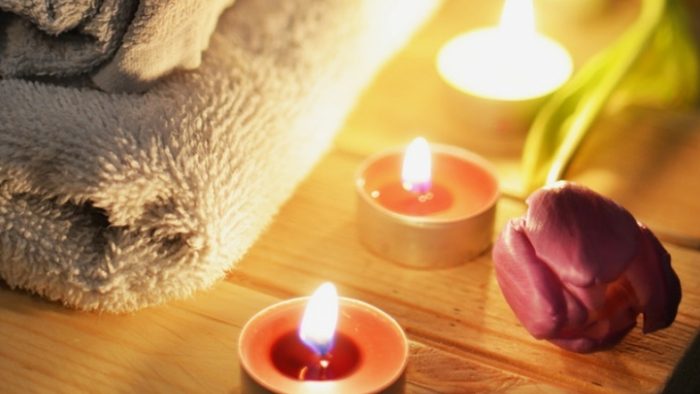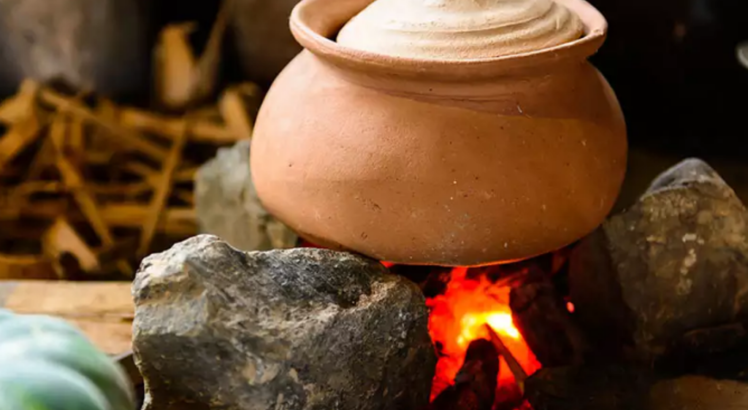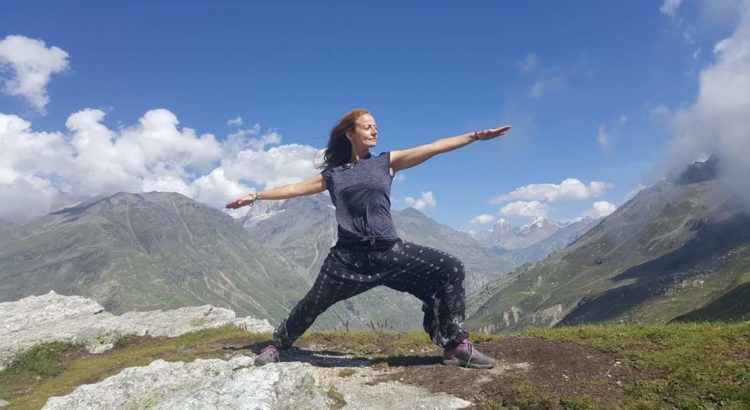Tarini (Shanna) Dadisman first came to India with a Panchakarma group led by Ayurveda practioner Durga Leela at the Vaidyagrama Ayurveda hospital. She fell so much in love in India, that she broke the rules of Panchakarma treatment aftercare and sought out India all on her own.
After her first 28 days, she decided that she needed to experience more of India, something deep down was calling me to stay. At that point, I went against all recommendations for Panchakarma treatment aftercare, cancelled my flight home to California, and set out to experience Mother India for the first time on my own. I had no idea what I was doing, had to truly face myself for the first time, learn to surrender, and allow myself to be guided.
Of course, not everything was easy. I definitely made mistakes and had to face some tough life choices in that first 4 and a half month stay in India - but I still would never describe it as a difficult experience. It was a transformation. As soon as I returned back home to America, I missed the experience of India so much that I was already making the plans to set out for my return to Mother India just 2 months later - this time was for a longer 6 month stay. For the past 3 years since then, I stay most of my days in South India and am very happy to call it my home. After falling in love with India the first trip, that decision to stay indefinitely was the easiest decision I have ever made, says Tarini.
In this interview with Indica Yoga she talks about her recovery from heroin addiction, and her new life in India
While many think Ayurveda and Yoga to be different and unconnected, is there a common thread that you see?
There is such a variety of reasons why people today are turning to Ayurveda and Yoga that it is hard to for me identify a specific common thread. The most general way to identify a common thread is people are looking for relief of their suffering - the dis-ease that they have to endure in their everyday home lives in whatever way that is showing up for each individual. This shows up at all levels, physical, mental, and spiritual dis-ease and people seem to be turning to Ayurveda and Yoga for relief of that suffering more and more.
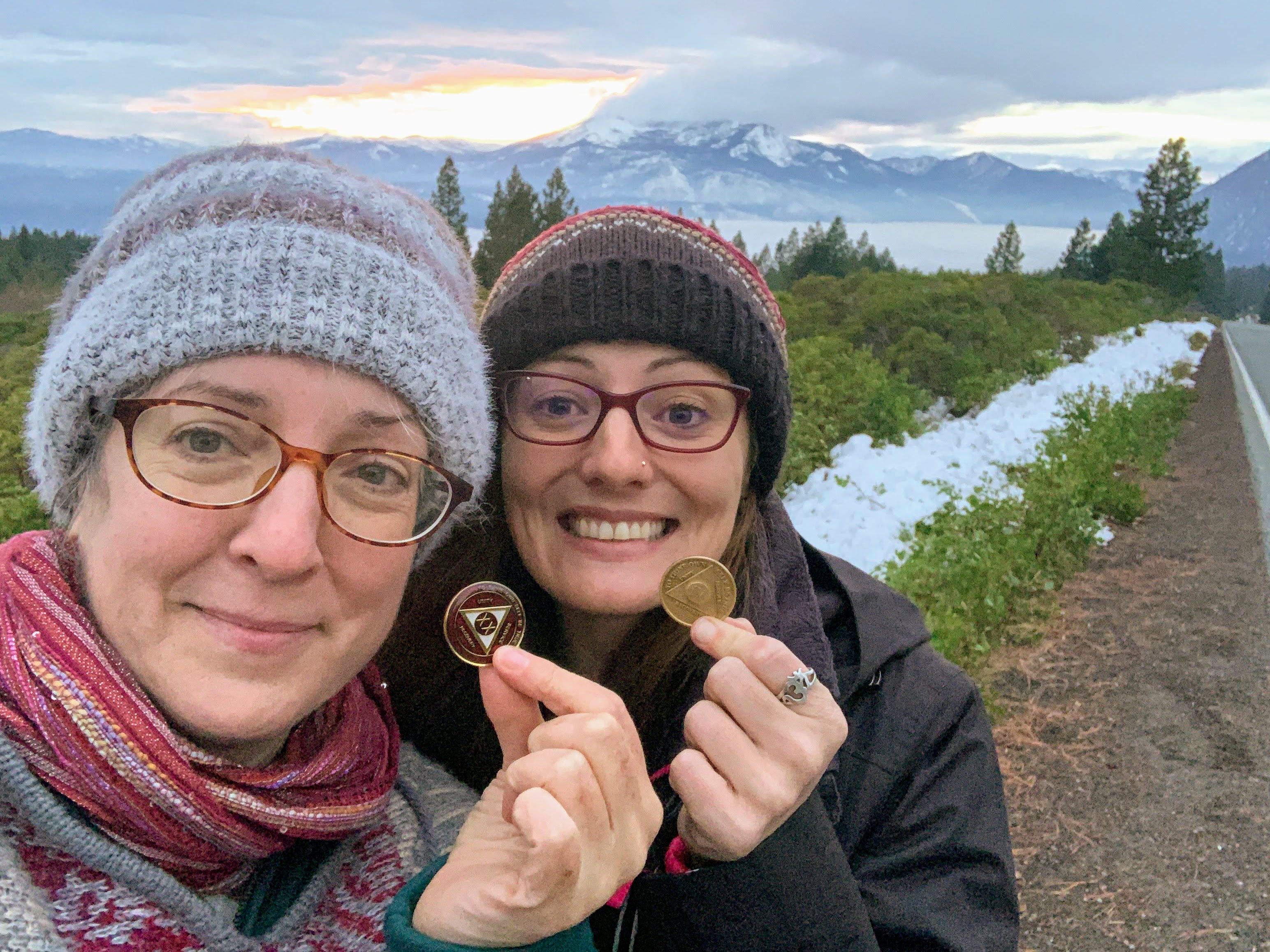
Tarini with Durga Leela holding their 12 Step sobriety birthday chips in Mount Shasta, California
How did Ayurveda help to break your addiction?
The first thing that helped me break a severe heroin addiction was a program through the Sivananda Ashram Yoga Farm in California called Yoga of Recovery. Founded by Durga Leela, Yoga of Recovery retreats integrate the wisdom of Yoga and Ayurveda with the modern recovery tools, for example, 12-Step Recovery programs. It was through my connection with Durga Leela and beginning the exploration of the Self through Yoga and Ayurveda that guided me through my first 18 months of recovery with pharmaceutical assistance. After that first year and a half, I was strong enough and established in my recovery to detox off of the opioid replacement pharmaceuticals through a month long Panchakarma treatment at Vaidyagrama Ayurveda Hospital. My care was led by Durga Leela, Dr Harikrishnan, and Dr Ramkumar Kutty overseeing our entire Yoga of Recovery group.
Coming off of the opioid replacement therapy was unheard of in the West, allopathic doctors suggest people in recovery from heroin addiction to stay on some form of opioid replacement medicines for life to avoid a potential relapse. My experience with Yoga and Ayurveda told me that the connection I was always seeking during my active addiction was not going to come from chemical happiness - that connection I was seeking was within me and the chemicals were only further blocking that connection. After undergoing a deep Panchakarma detoxification, I was free of all pharmaceuticals and as an added bonus I was able to kick the addiction to cigarettes at the same time.
Would you recommend it to people struggling to beat addictive habits?
Yes, developing a daily routine built around the Ayurveda diet and lifestyle recommendations has significantly helped me become stronger in my journey with addiction recovery. Just like I was taught in Yoga of Recovery, I believe it takes all 3 parts to find true and lasting recovery from addictions - Ayurveda, Yoga, and addiction recovery programs. At any point on the recovery path, Panchakarma treatment is a good way for people who have suffered from addictions to repair some of the deep damage that is done to the body in active addiction, alcoholism, or other destructive habits such as eating disorders. So, whether someone is using Ayurveda to actually quit their active addiction, or if they have already been abstinent for some time, turning to the ancient medicine system of Ayurveda eases the struggle.

How do understand Karma Yoga?
Karma Yoga is one of the four paths of yoga. It is the yoga of action, the yoga of selfless service to the other. Since we are all interconnected, serving others leads to serving our own selves and we begin to experience unity in all that surrounds us. One of my favorite definitions of karma yoga is serving the Divinity through works and services. It is the yoga path that helps practitioners transcend the Ego, move beyond their own likes and dislikes for the good of the other, for the good of the community as a whole - leading to a deeper connection to the true Self within.
Getting into selfless service is one of the main recommendations to people in recovery from addictions. What we say in the rooms is Service gets you outside of yourself - meaning that engaging in service to someone in need can help shift uncomfortable feelings that may lead someone back into active addiction. Practicing karma yoga has helped shift uncomfortable feelings for me countless times in this first 5 years of recovery and is a big contributor to me still being clean and sober today.


Tarini at Balagrama where she runs a Yoga programme
How did working on the Balagrama Yoga program help in the recovery?
A big part of 12 Step Recovery programs is service, specifically service to the still suffering addict or alcoholic. Step 12 says 'Having had a spiritual awakening as the result of these steps, we tried to carry this message to addicts/alcoholics/people suffering, and to practice these principles in all our affairs.' For me, the Balagrama Yoga program became my personal practice of Step 12 because with so much travel, I have never had the time to give back in the recovery programs by guiding a fellow addict/alcoholic through the 12 Steps. Most of the children from Balagrama have come from backward villages and were exposed to alcoholic, abusive, or other ways dysfunctional households. They were brought to Balagrama to give them better opportunities, to change their lives, and to create change in their local suffering communities. The Balagrama Yoga program became my own practice of carrying the message of recovery through the teachings of Yoga and Ayurveda to a community who has been affected by the disease of addiction.

What do like about the symbolism of Indian culture? You talk about the peacock (as I was reading it I hear a peacock....goosebumps)
This is such a vast subject that I am just beginning to learn about, but what speaks to me is that there seems to be sacred symbolism in every aspect of Indian culture, potentially turning the smallest acts into an offering to the Divine. The first symbolism of Indian culture I connected to was with learning about the Goddess Durga who symbolizes the Divine forces (positive energy) that is used against the negative forces of evil and wickedness that exists within and without. She represents pure positive energy, known as Divine light that is the embodiment of feminine and creative energy. She is depicted as a warrior woman with eight hands carrying weapons of different kinds assuming mudras (symbolic hand gestures) that represent her teachings. Each weapon symbolizes things like dharma, happiness, eradication of vices, when we face difficulties we should not lose our values, detachment, devotion and surrender, courage, forgiveness, and unlimited power.
In the 12 Step recovery programs we are taught to surrender our will and our life over to the care of a Higher Power of our choice, the Goddess Durga and all she represents is my personal Ishta Devata, or Higher Power of Choice. I have felt such a connection to this that it has opened the door for me to start exploring the connection with other beautiful aspects of the symbolism of Indian culture.
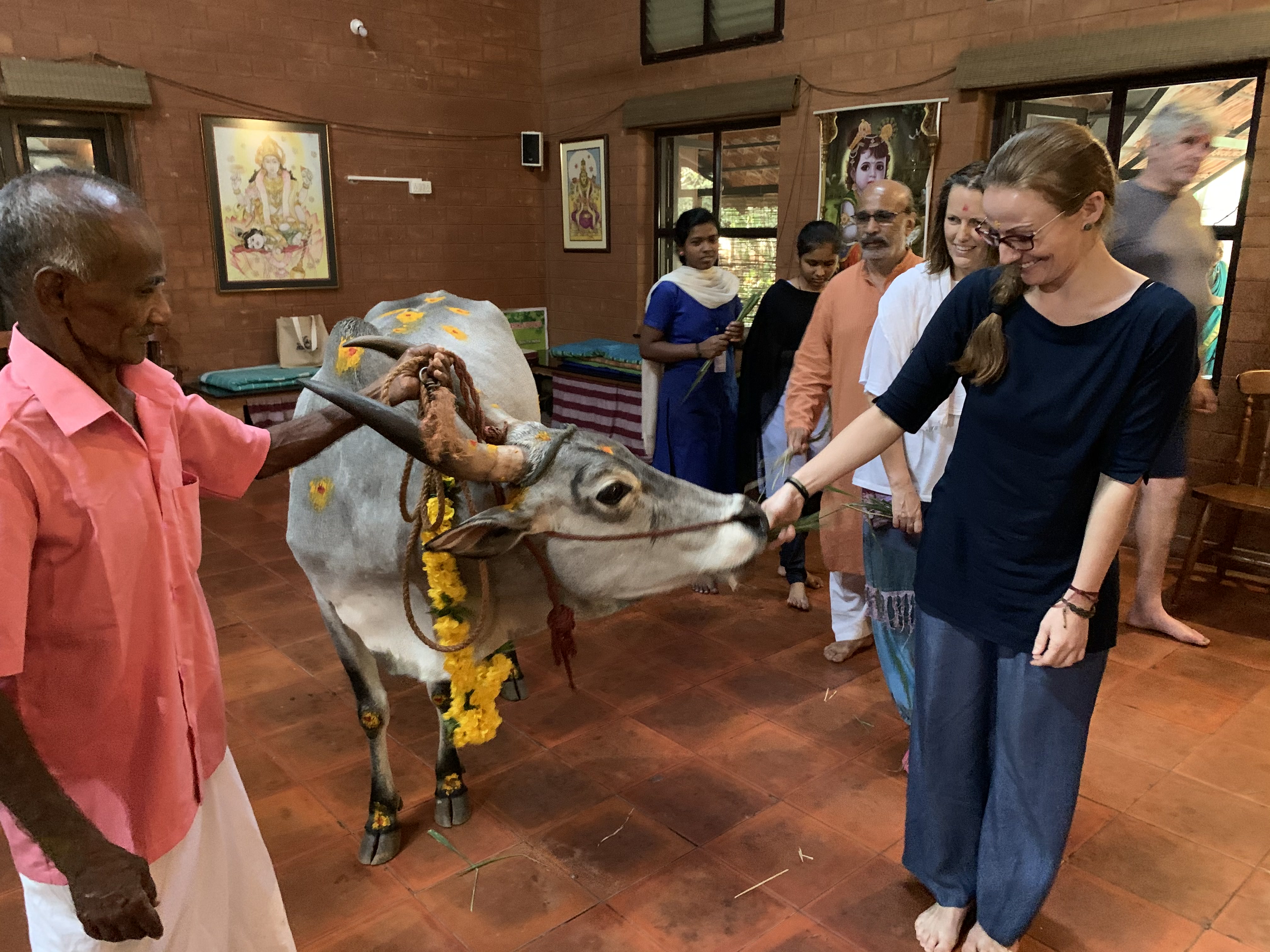
What is it about modern western society that drives individuals towards seeking solutions from the East?
I think it is mainly stress, a struggle to achieve, and a lack of contentment with the current circumstances of life. These things all put so much pressure on everyone that a personal health regime and Self growth is set aside. There is just no time for it. It is all go, go, go. In Western society people have all of the material things that they believed would bring happiness but still there is something missing; still there is so much suffering.
In the East, life is seemingly much more slow and simple - but people tend to be much happier in their day to day lives. Generally, there is a routine aligned with nature and a surrender to the higher forces ingrained everywhere in daily life. On the outside, people can have very little and still seem so full of joy and contentment in their life. I think when people from the West see this level of contentment with simplicity it is puzzling to them. What brings people to the East is there is a curiosity to want to know more; to find out how to bring that level of joy and contentment back home to their lives.
What is your daily practice in Ayurveda and Yoga?
Every morning I wake up at about 5 am, first thing I scrape my tongue and take care of elimination, by 5:30am I am practicing abhyanga (self oil massage) with prescribed Ayurveda oil to lubricate my joints and reduce pain before going to my yoga mat between 6-6:30am. I practice my asana practice with a set goal in the Krishnamacharya Yoga tradition, as given to me by my teacher. My yoga asana practice begins and ends with both prayer and pranayama. In this time of Covid-19 with added time at home, I am grateful to dedicate myself to a full 90 minute practice, but under normal life circumstances my yoga practice on the mat is about 60 minutes. After my yoga practice, I go for a walk minimum 30 minutes, then I tend to the rest of my Ayurveda dinacharya practice (daily 5 sense cleansing) with oil in the nasal passages, ear canal, mouth, face, bottom of the feet, and top of the head. I have my bath and then have my first meal at around 9:30 am. My mealtimes and quantities are regulated throughout the day by Ayurveda recommendations of when to eat, how much to eat, and what to eat based on my own individual constitution, current location and season. When I notice imbalances arising in my body, such as indigestion or trouble sleeping, I adjust my diet and lifestyle accordingly. Somewhere throughout the day I find some time to practice some healing chants, practice chanting the Yoga Sutras of Patanjali, and I include some time for swadhyaya (Self Study) either in the yoga traditions or a reading from 12 Step Recovery literature. My evening routine is less regimented as my morning practice, but before I go to bed I make sure to have at least 1 hour off of all screens and practice about 15-20 minutes of meditation and conscious breathing to calm down before going to sleep before 10:30pm. Having this self-care routine is especially important during these stressful and uncertain times in the world. It is helping me stay grounded and use this time as an opportunity for exploration and growth, even amongst the turmoil that surrounds us in the world.
India has truly taught me how to go with the flow. It is a constant practice of contentment and keeping an equanimous state of mind through the ups and downs of daily life - learning to accept and adapt to those ups and downs as they arise has been a big gift for me from Mother India
How has staying in India made a difference?
Living in India has made a significant difference in my daily life and I see the benefits more and more every time I return back to my family home in California. After my first trip to India, I noticed I was much more patient, tolerant, and adaptable to change than I had been before my travels. If there is one thing that India teaches best is how to adapt when things do not go according to plans because most often than not, there will always be some deviations in whatever plans you try to make. India has truly taught me how to go with the flow. It is a constant practice of contentment and keeping an equanimous state of mind through the ups and downs of daily life - learning to accept and adapt to those ups and downs as they arise has been a big gift for me from Mother India.
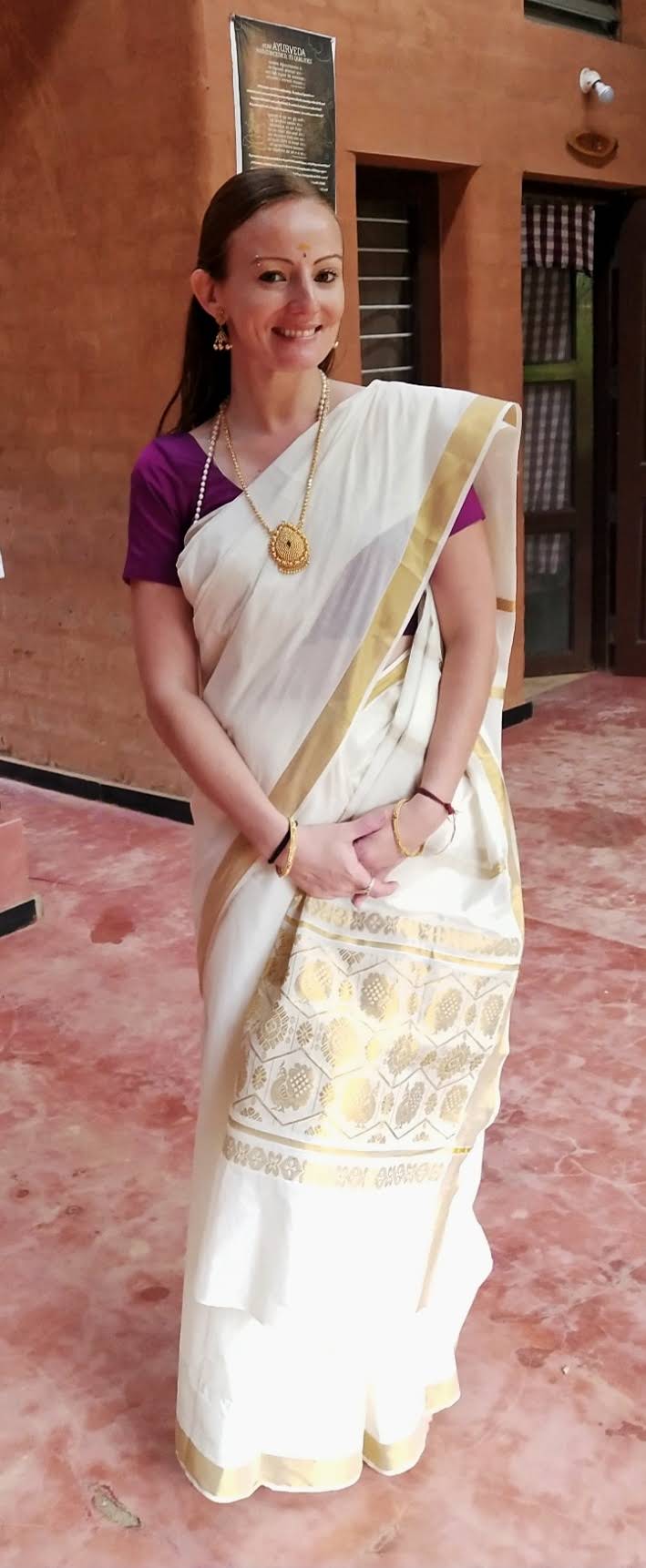
What aspects of Indian culture, cuisine, textiles appeals to you the most?
What I love about Indian culture is the importance of the family, not just the importance that is placed on your blood related family, but the concept of looking at those around in your community as your auntie, uncle, che-chi, akka, di-di, bhai, anna, etta, amma, acchan, & appa. I love how these words that translate to older sister or brother, mother, and father are very common respectful and affectionate ways of addressing members of your community. It is a beautiful way of looking at everyone around you as a member of the family. As a Westerner in India, missing my family at home in California just comes with the territory, but what makes things easier is that I am welcomed with open arms (or Namaste prayer hands) into many extended families across the country. By integrating myself into the various communities I have lived in India, I am lucky enough to have a giant extended family with homes I am welcome in all over India - and these people also know they are welcome in my home anytime in Chennai, and even my home in California if anyone wants to come. With the giant extended family, any feelings of loneliness I have battled in my past have subsided and I feel so honored to be the daughter, sister, auntie, and granddaughter of so many.
My favorite textiles are the beautiful handmade block print fabrics that are made in Rajasthan.
Of all of the varieties of cuisine I have experienced in India, the variety and diversity of South Indian cuisine is what appeals to me most. I am a strict vegetarian and South India is my favorite place to eat because at all mealtimes, there are so many delicious vegetables and tasty dishes to choose from! The one rule I have learned in my travels around this beautiful country is to eat the traditional local food of wherever I am currently located, and, despite the cravings for a little taste of home, I avoid the continental restaurants attempting Western dishes. Not only am I disappointed by the attempt at some of my favorite International dishes, but the extreme weather of India demands that I take care with what I put into my body to be able to digest the meal fully to maintain optimal health and immunity.
For textiles and what I choose to wear in India, I usually dress in local attire. I have learned that the only way to stand the extreme heat of an Indian Summer while also keeping my body completely covered is to wear the local breathable cotton garments. My favorite textiles are the beautiful handmade block print fabrics that are made in Rajasthan.
What are the beneficial oils of Ayurveda that have helped you?
Jatamansi (Spikenard) Essential Oil for grounding at bedtime, along with oil application on the feet before bedtime to promote deep sleep. Also helpful for travel on long airplane or train rides.
Jatamansi (Spikenard) oil is one of the most effective essential oils for supporting a calm mind and balanced body. Those who suffer from worry or other overly active and mental habits will benefit immensely from regular use of this special oil. Jatamansi is calming and grounding and is highly revered for its ability to support deep sleep and to help one work through and release subconscious trauma. Use jatamansi oil diluted in a carrier oil on the bottom of the feet and/or crown of the head before bed to promote deep sleep and positive dream states. Jatamansi oil is also one of the most important herbal medicines for dealing with grief after losing a loved one.
This was one of the first recommendations I received from Durga Leela in my very first Ayurveda consultation. It is the one recommendation that I stick to because I see how it has helped me overcome my traumatic past and the bad dreams that came from that, overall it relaxes the body into a nice deep sleep without any drowsiness the following day.
Kumkumadi Thailam - Face Oil infused with Red Saffron - Apply a thin layer on the whole face, gently massaging with the fingers. Leave on for about 10-20 minutes and wash off with hot water. Benefits can be felt immediately! Kumkumadi improves the skin complexion & texture by creating both a cleansing and nourishing effect on the skin, has anti-aging qualities, removes scars, pimples, blemishes & wrinkles, and makes the skin radiant and beautiful.
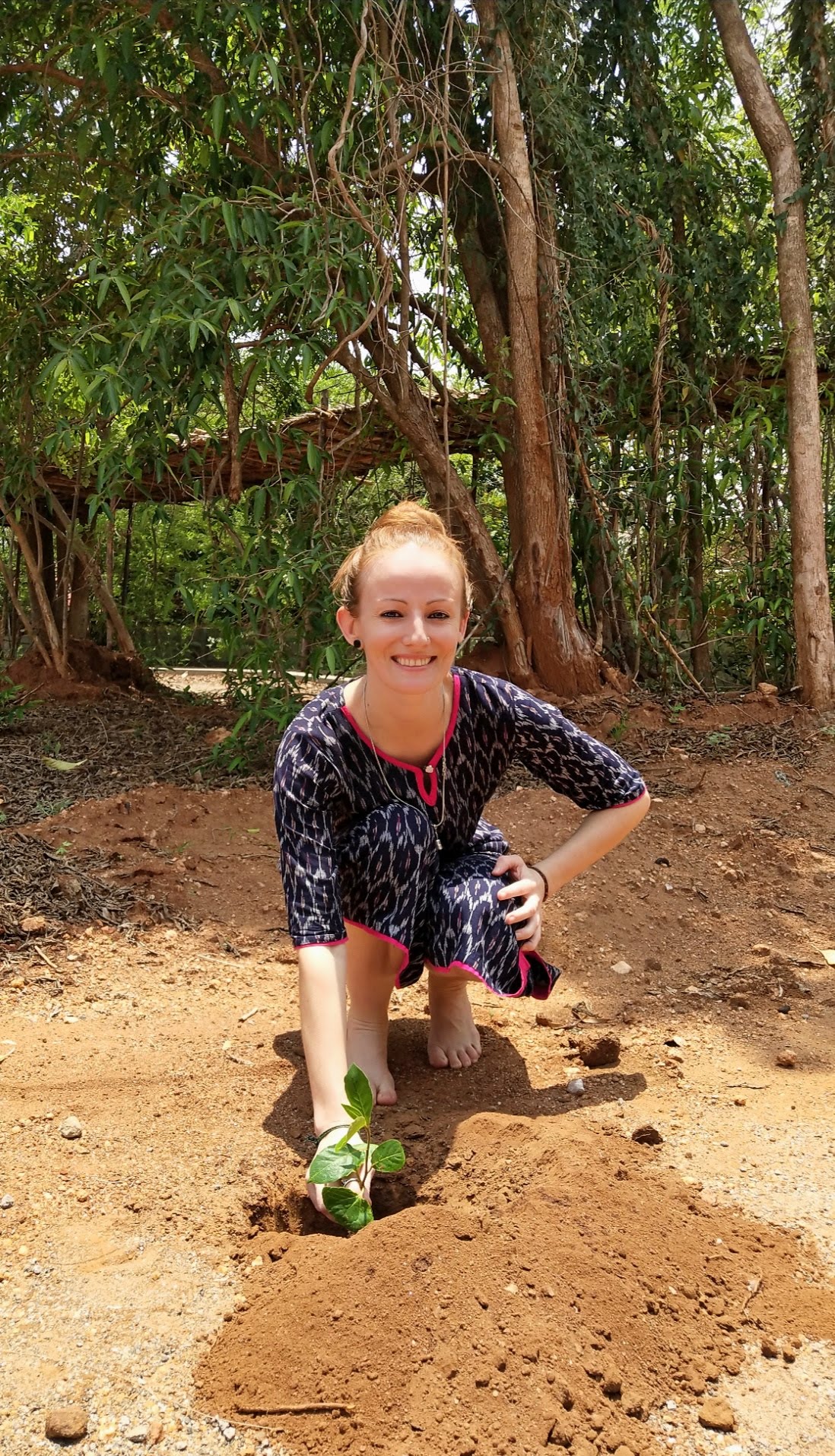
Could you please share how you feel Panchakarma benefits you.
Since January 2017 I have taken Panchakarma treatment three times and I have received different gifts from each treatment. The first two times I went with a group called the Yoga of Recovery facilitated by Durga Leela, and I am so grateful I had her there to guide along the process. My first treatment was mostly focused on chemical detoxification and building enough stability in the body and mind to not return to needing chemical happiness. In addition to being chemical free, in the year that followed my first panchakarma I noticed that some of the reactive qualities of my mind were easing - I especially noticed this in my work and personal relationships which just seemed like they were flowing easier and with less conflict. Like I mentioned before, I did not follow all of the doctors recommendations after my first treatment, so when I returned the following year I was determined to follow all of the suggestions and just surrender to the process.
The second year I followed all of the recommendations, including limiting screen time to a minimal and allowing time to just rest without needing outside stimuli to distract. In that year, I found my stability and had some very clear signs to direct me to the next phase of my life. Before then I was mostly floating around India with no clear direction, during that 3 week treatment the direction for my life that I was looking for presented itself in multiple ways.
The stability I found in taking panchakarma with Yoga of Recovery two years in a row was priceless - there is nothing that compares to the deep healing on so many levels that I received there as apart of this group. That stability I found has lasted and continued to blossom to leave me feeling more and more connected to my true Self.
My most recent 30 day panchakarma was my opportunity to press the Re-set button and connect back to that Self after I found I was going through an unusually low period. I had full faith that panchakarma treatment would help me find that stable ground again so I could move forward with the next phase of my life from a balanced state of mind. This last panchakarma treatment has given me exactly that; the ability to be comfortable in my own skin in all circumstances and build strength and resilience even in these uncertain times of the world. At anytime these imbalances arise, I know I can turn to the loving care of the doctors and the rest of the staff at Vaidyagrama to help bring me back to center. I am so grateful to have a place to turn to during times like these. As we say in the 12-Step Programs to people struggling with the disease of addiction, and it is the same for me with panchakarma, I am going to just Keep Coming Back.

